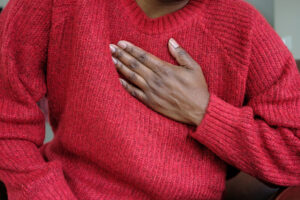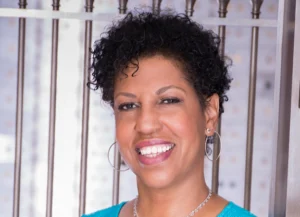It seems like for the past few years, the only disease that has dominated the news and the one we talk about the most has been COVID.
But after a long, COVID-related delay, the Centers for Disease Control and Prevention (CDC) has finally released its latest Sexually Transmitted Disease (STD) Surveillance Report, and the numbers are disturbing. For the 6th consecutive year, the STD rate in the United States hit a record high.
Before we get to the full rankings, here are some interesting facts and trends that need to be called out:
- Chlamydia, gonorrhea, and syphilis top the list of most commonly reported new STD infections. Taken together, infections from these three reportable diseases increased almost 30% from 2015 to 2019.
- The South continues to be disproportionately represented among the hardest-hit cities. Of the Top 25, 17 are southern cities (or 19, if you use the Census Bureau’s definition to include Baltimore and the District of Columbia).
- Four of the Top 25 cities are located in Florida, which is a worrisome development for the Sunshine State.
- California and Texas tie for the state with the most cities in our rankings, at 14 apiece, though these are after all two of the largest states in our country. Alabama is next with six cities.
You should also know that based on CDC data, STD rates were:
- 5-8 times higher for African Americans or Black people than for non-Hispanic White people
- 3-5 times higher for American Indians, Native Alaskans, and Native Hawaiians than for non-Hispanic White people
- 1-2 times higher for Hispanic or Latino people than for non-Hispanic white people
How to Protect Yourself Against STDs
STDs are out there and looking at this list, they aren’t going anywhere. So how you individually and us as a community protect ourselves against STDs? Well, these simple tips provide sure-fire ways to do that:
Abstinence:
The only way to guarantee you won’t contract an STD through sexual contact is to abstain from all sexual activity.
Condoms:
Using condoms correctly and consistently can significantly reduce your risk of contracting most STDs, including HIV.
Limited Partners:
Having fewer sexual partners reduces your overall exposure to STDs.
Vaccination:
Vaccines are available for some STDs, like HPV, hepatitis A, and hepatitis B, which can help prevent infection.
Open Communication:
Talk to your partners about their STD status and testing history, and encourage them to get tested regularly.
Regular Testing:
Get tested regularly for STDs, especially if you have multiple partners or if you suspect you may have been exposed.
Safe Sex Practices:
Beyond condoms, other safe sex practices include using dental dams during oral sex, and ensuring that sex toys are cleaned thoroughly or covered with a condom before use by another partner.
Read more Blackdoctor





















